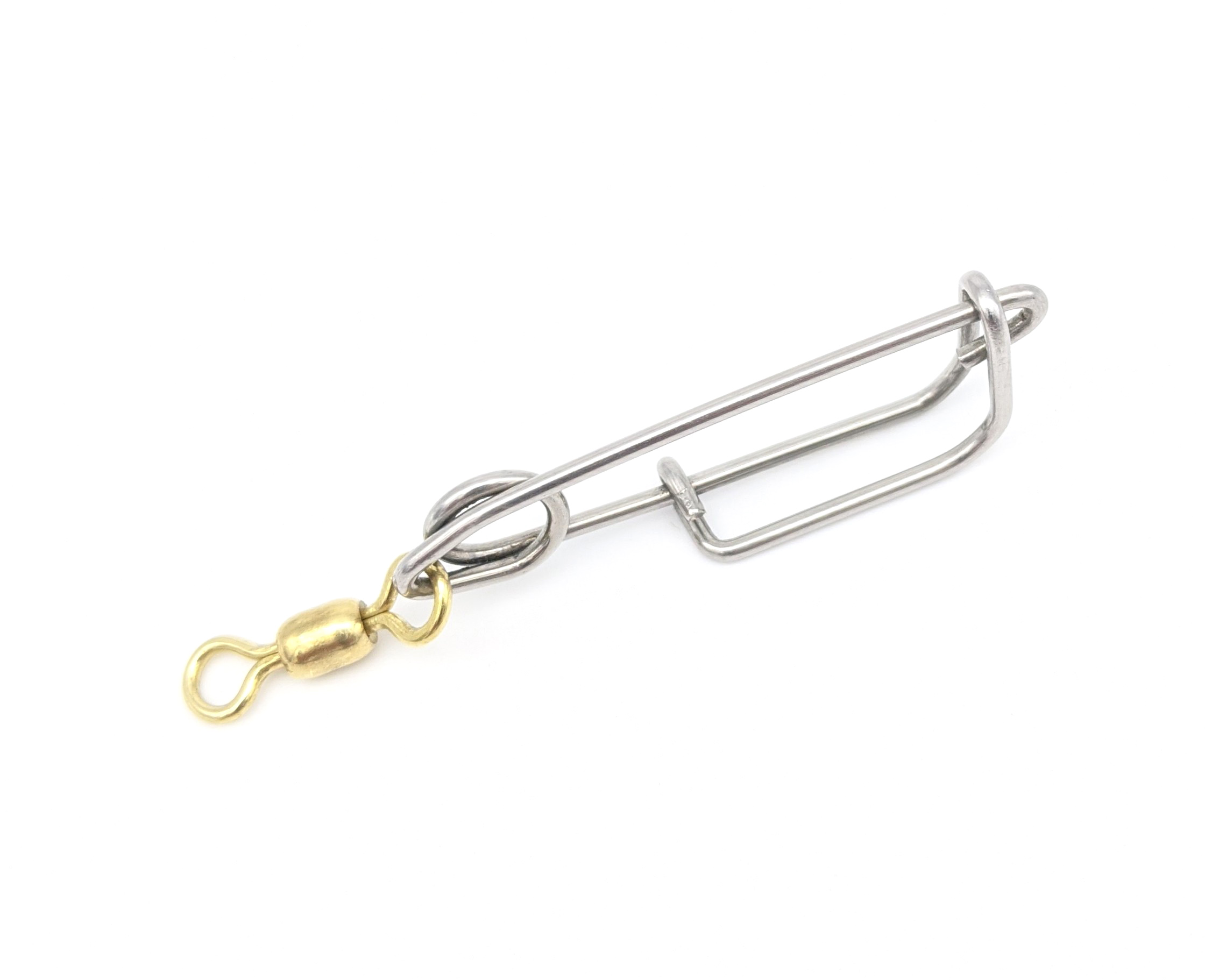Get unique, complex parts easily. No matter your requirements, Chaoyi Spring creates hard-to-produce coil springs and wire forms.
Let us help you create the custom wire form you need, from S-hooks and J-hooks to utility hooks and more.
We work closely with customers across a wide range of industries, helping them design and manufacture made-to-order parts.
Why choose Chaoyi Spring? We prioritize customer-focused collaboration, modern equipment and the latest technology to make your parts per print.
Find the information and guidance you need, from measuring a spring to learning about materials, placing an order and much more.
Compression springs, those coiled wonders of metal, are often overlooked, yet they play a crucial role in countless applications. From the simple act of closing a door to the intricate


Compression springs, those coiled wonders of metal, are often overlooked, yet they play a crucial role in countless applications. From the simple act of closing a door to the intricate workings of a car engine, compression springs are the unsung heroes of engineering, quietly performing their duty with remarkable reliability. In this article, we delve into the fascinating world of compression springs, exploring their design, applications, and the fundamental principles that govern their behavior.

At their core, compression springs are helical coils of wire designed to resist compression forces. When a load is applied, the coils of the spring compress, storing potential energy. As the load is released, the spring expands, returning to its original length. This simple yet elegant mechanism finds applications in a wide range of fields, contributing to the smooth functioning of countless devices.
The behavior of a compression spring is governed by a fundamental principle known as Hooke's Law. This law states that the force exerted by a spring is directly proportional to its displacement from its equilibrium position. In simpler terms, the more you compress the spring, the greater the force it pushes back with. The constant of proportionality is known as the spring rate, often denoted by 'k'. This constant is a crucial parameter in spring design, determining the spring's stiffness.
The spring rate is a measure of how much force is required to compress the spring by a certain distance. A high spring rate indicates a stiff spring that resists compression strongly, while a low spring rate indicates a softer spring that compresses easily. The choice of spring rate depends on the specific application and the desired performance characteristics.
Several factors influence the spring rate of a compression spring. These include:
The versatility of compression springs makes them indispensable in various industries and applications. Here are just a few examples:
While Hooke's Law provides a solid foundation for understanding compression spring behavior, there are additional factors to consider in real-world applications.
Selecting the right compression spring for a particular application involves careful consideration of several factors, including:
Compression springs are essential components in a myriad of engineering applications, quietly providing reliable force generation and energy storage. Their simple yet effective design, governed by the principles of Hooke's Law and careful engineering considerations, make them invaluable tools for designers and engineers. Whether it's a simple door closer or a complex automotive suspension system, compression springs continue to play an essential role in our modern world, making our lives smoother, safer, and more efficient.
Next time you encounter a compression spring in your everyday life, take a moment to appreciate its silent contribution to our world. These seemingly simple coils of metal embody the ingenuity of engineering, showcasing the power of basic principles to create solutions that benefit us all.
Browse some of the custom wire forms and springs that we manufacture. Don’t see what you need? We specialize in made-to-order products that meet your application requirements.
Visit Our GalleryNeed a custom wire form or coil spring? We make it work. Fill out the contact form and a representative will respond within 1 business day. If you have a PDF or CAD file, you can submit to request a quote.